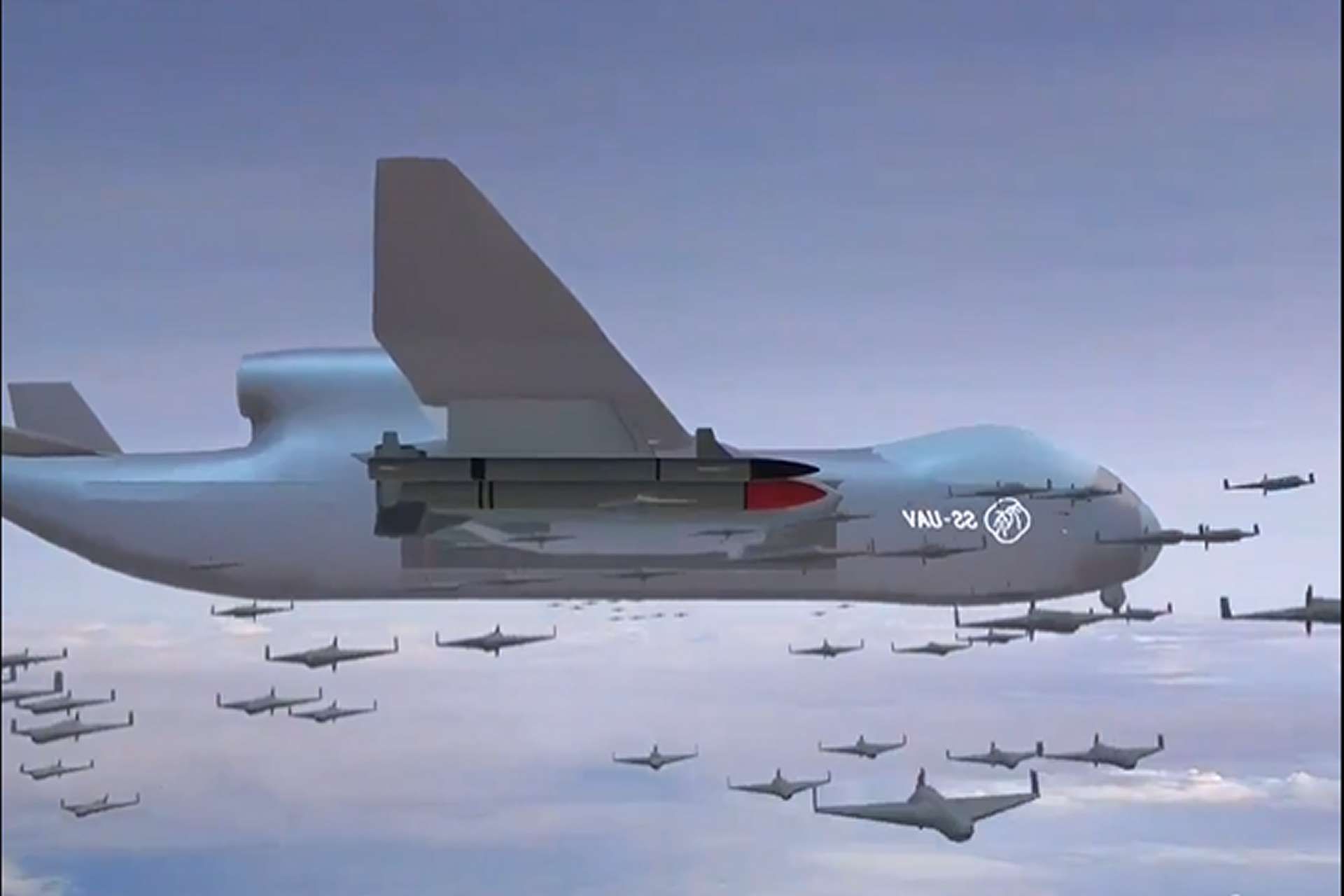On June 2025, the Chinese private firm Jiutian is scheduled to begin flight tests of its SS-UAV, a new category-defining high-altitude long-endurance (HALE) aerial mothership drone,. The project’s accelerated timeline reflects China’s broader push to rapidly field next-generation unmanned systems, alongside its ongoing sixth-generation fighter jet program.

The drone’s early flight testing signals a critical phase in China’s ambition to lead in HALE drone-based command and control operations and asymmetric power projection across the Taiwan Strait and the South China Sea.
The Jiutian SS-UAV is a fifth-generation high-altitude strike drone developed by the private Chinese aerospace company Jiutian. Presented during the 2024 Zhuhai Airshow, the drone is tailored for missions at altitudes up to 15,000 meters, with an operational range of approximately 7,000 kilometers. It is designed to carry a payload of up to 1,000 kilograms, capable of deploying over 100 micro-drones or an array of precision-guided munitions. This will be a 15-ton mother drone with a 25-meter wingspan that will be capable of carrying 100 suicide drones. This unmanned aerial system is envisioned not merely as a sensor platform or bomber, but as an aerial command node, orchestrating complex swarm operations across vast distances. The drone’s architecture reflects China’s leap toward autonomous aerial warfare, offering satellite-linked coordination and onboard processing for real-time targeting, surveillance, and jamming missions.
